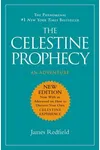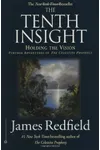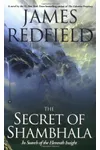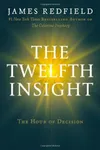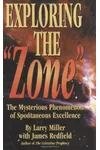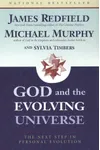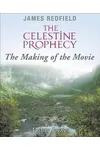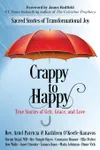Picture an Alabama-born storyteller who turned spiritual quests into global phenomena—meet James Redfield! Best known for his self-published sensation The Celestine Prophecy, Redfield blended Eastern philosophy with adventure-packed storytelling, captivating millions with insights into synchronicity and human potential. His work isn’t just fiction; it’s a guide to awakening consciousness that still inspires readers worldwide.
Born in 1950, Redfield’s journey from therapist to bestselling author is as intriguing as his novels. With a knack for weaving mysticism into relatable narratives, he’s left an indelible mark on spiritual literature, encouraging readers to find meaning in life’s coincidences.
The Making of James Redfield
Growing up in a rural area near Birmingham, Alabama, James Redfield was raised in a community-oriented Methodist church, yet he yearned for deeper answers about spirituality. At Auburn University, he studied sociology, diving into Eastern philosophies like Taoism and Zen. After earning a master’s degree in counseling, he spent over 15 years as a therapist for abused adolescents, where his interest in human potential and psychic phenomena took root. In 1989, Redfield left therapy to write full-time, driven to synthesize psychology, philosophy, and mysticism into stories that could transform lives.
James Redfield’s Unforgettable Stories
Redfield’s breakthrough came with The Celestine Prophecy (1993), a self-published novel that became a cultural phenomenon. This adventure parable follows a hero uncovering nine spiritual insights in Peru, blending Indiana Jones-style excitement with profound wisdom. The book spent over three years on the New York Times bestseller list, selling millions globally. Its sequel, The Tenth Insight: Holding the Vision (1996), expanded on these ideas, exploring spiritual evolution in a mystical Appalachian setting.
In 1999, The Secret of Shambhala: In Search of the Eleventh Insight took readers to Tibet, delving into the mythical Shambhala and inner transformation. Redfield wrapped up the series with The Twelfth Insight: The Hour of Decision (2011), addressing global spirituality and synchronicity’s role in modern life. His non-fiction work, The Celestine Vision (1997), offers practical guidance on applying his insights, while God and the Evolving Universe (2002), co-authored with Michael Murphy and Sylvia Timbers, explores cosmic consciousness. Redfield’s style—accessible, parable-driven, and rich with spiritual metaphors—makes complex ideas feel like a thrilling quest.
Why James Redfield Matters
James Redfield didn’t just write books; he sparked a movement. The Celestine Prophecy resonated with readers seeking meaning beyond traditional religion, influencing the New Age movement and inspiring countless spiritual seekers. His emphasis on synchronicity—those meaningful coincidences that guide us—has shaped how people view intuition and destiny. Redfield’s work also inspired a 2006 film adaptation and the Global Prayer Project, a bi-weekly webcast he co-founded with his wife, Salle, to promote guided meditation. His awards, like the 1997 Medal of the Presidency of the Italian Senate and the 2004 World View Award, highlight his global impact on spiritual discourse.
- Born: March 19, 1950, Alabama, USA
- Key Works: The Celestine Prophecy, The Tenth Insight, The Secret of Shambhala, The Twelfth Insight
- Awards: Medal of the Presidency of the Italian Senate (1997), World View Award (2004)
- Notable: Co-founder of the Global Prayer Project
Snag The Celestine Prophecy and dive into James Redfield’s transformative spiritual adventures!
